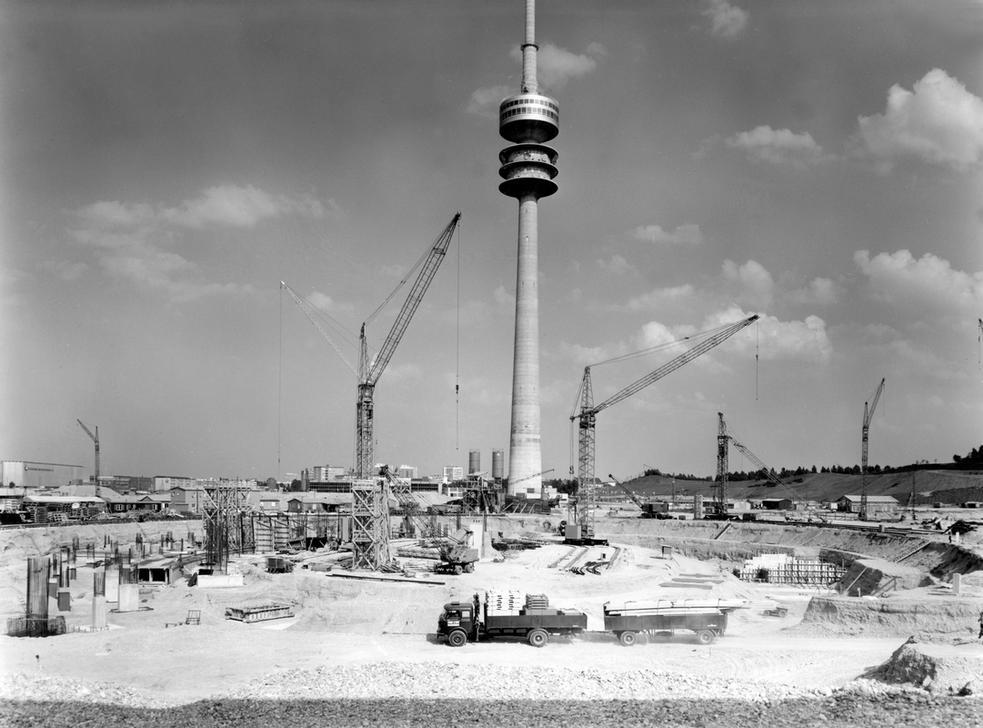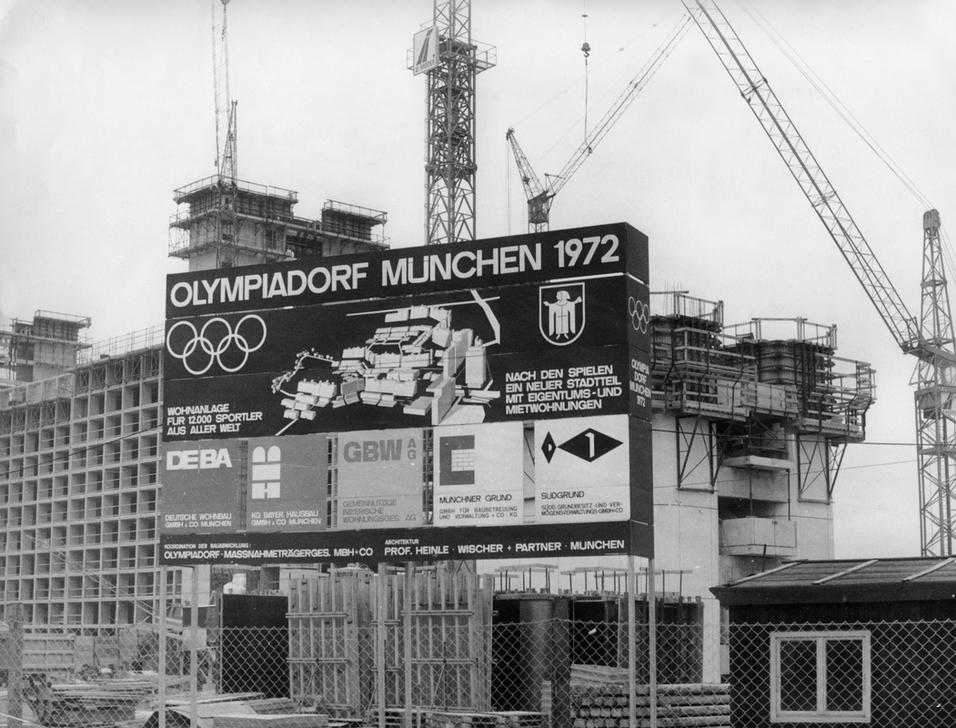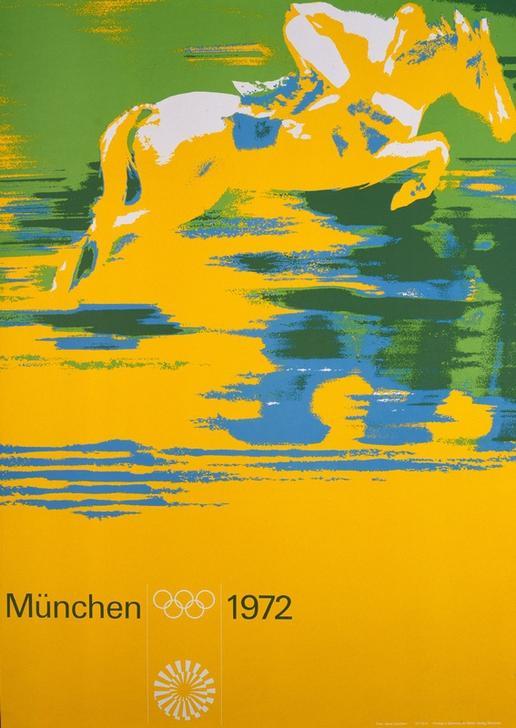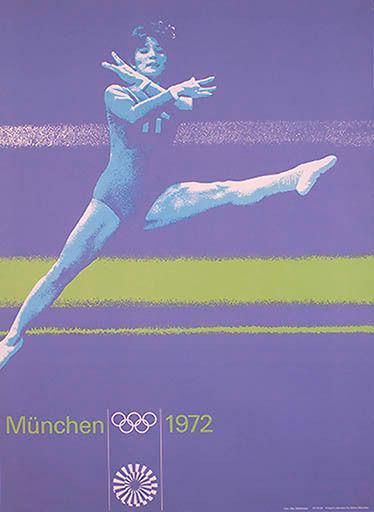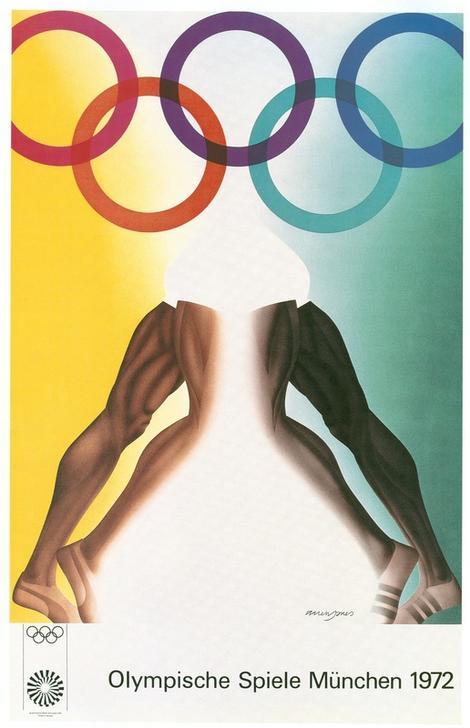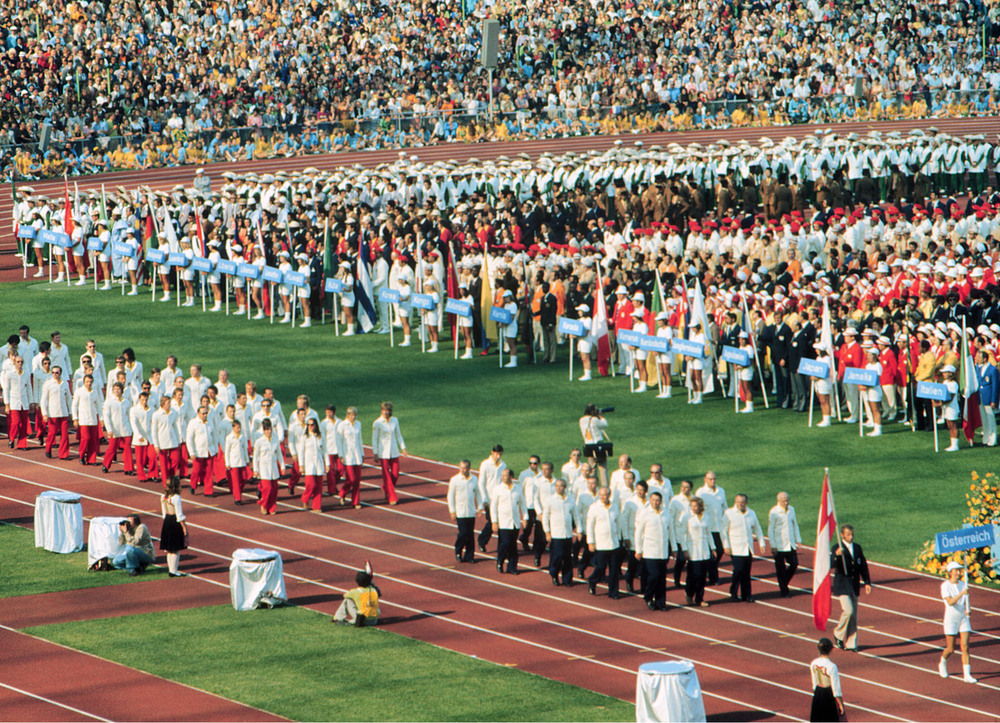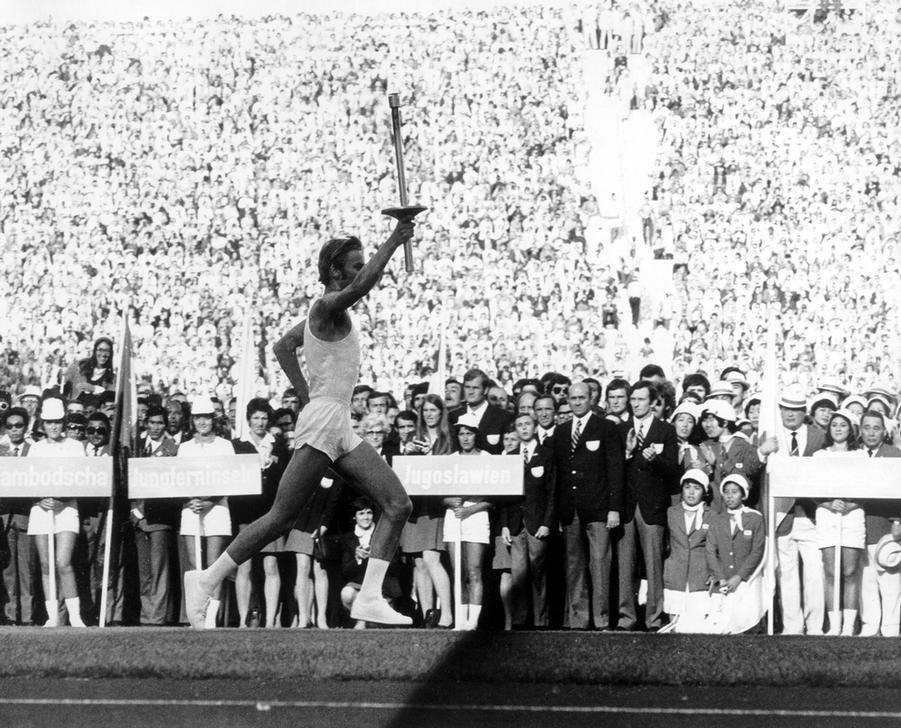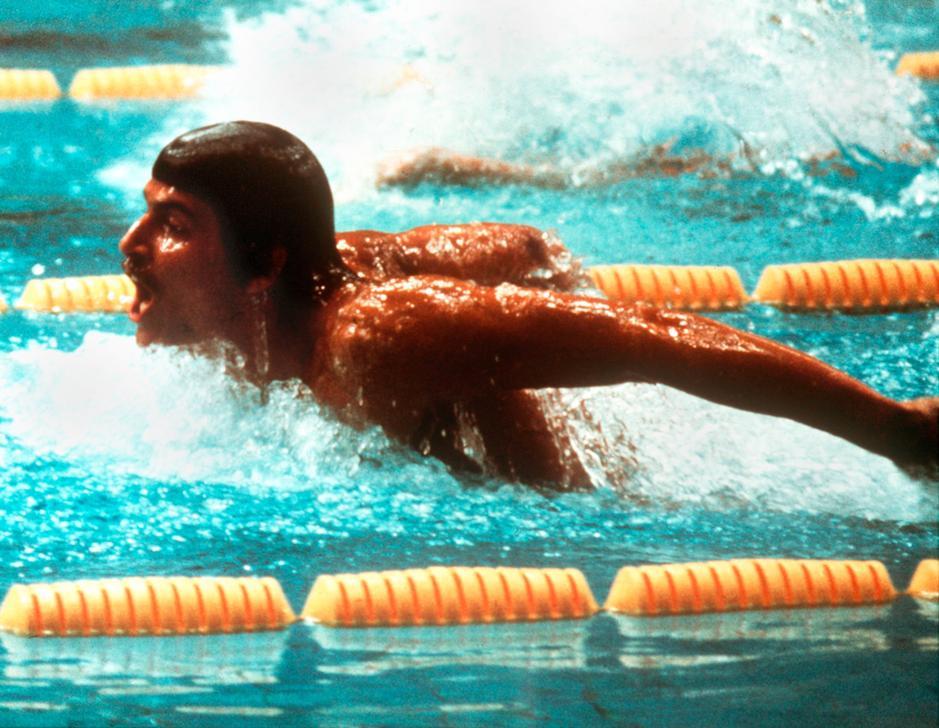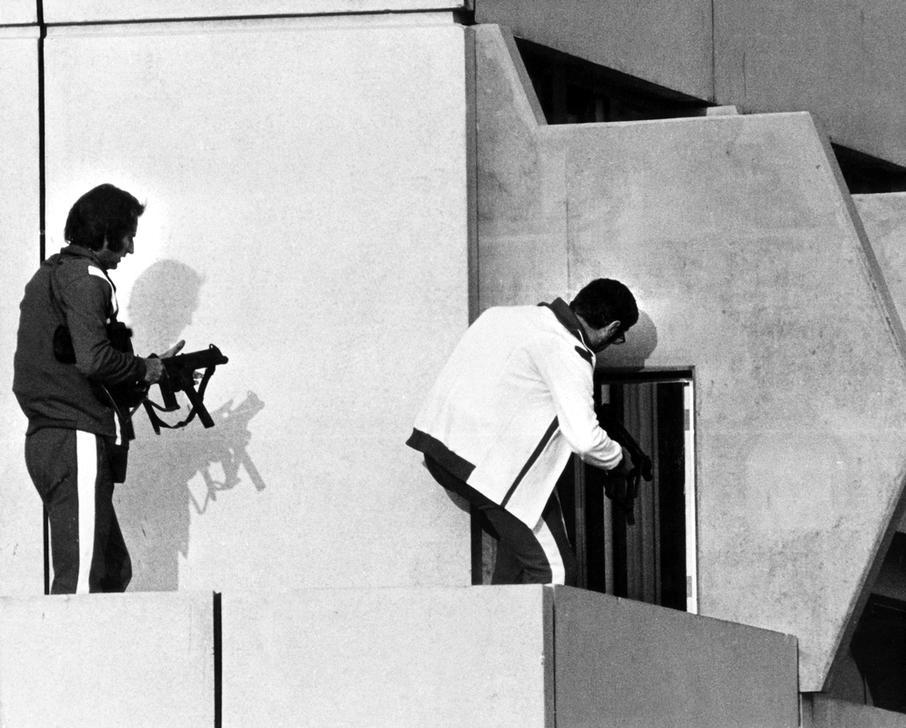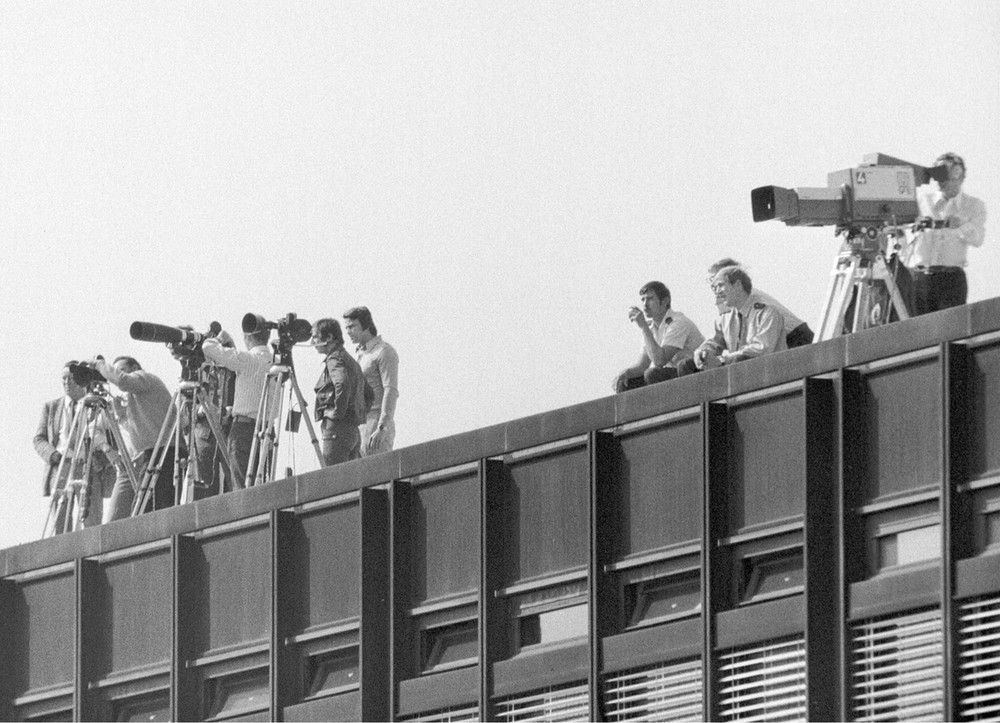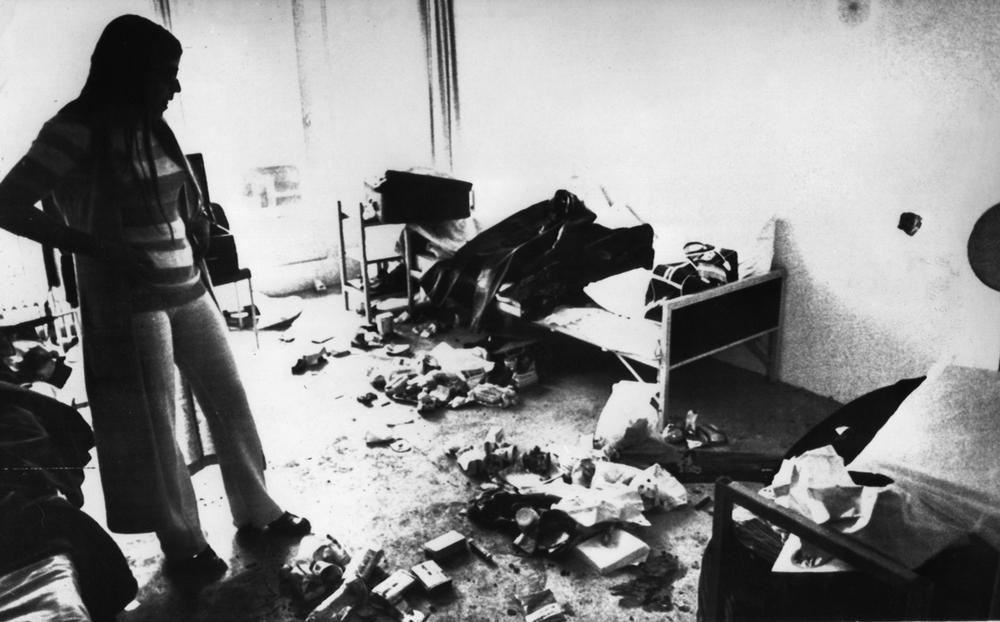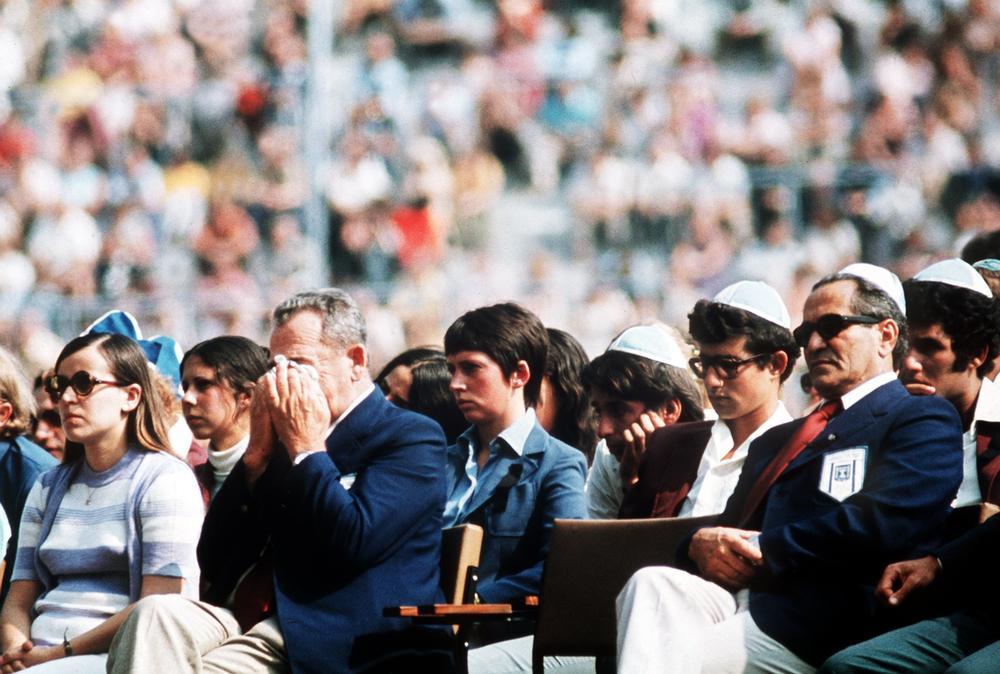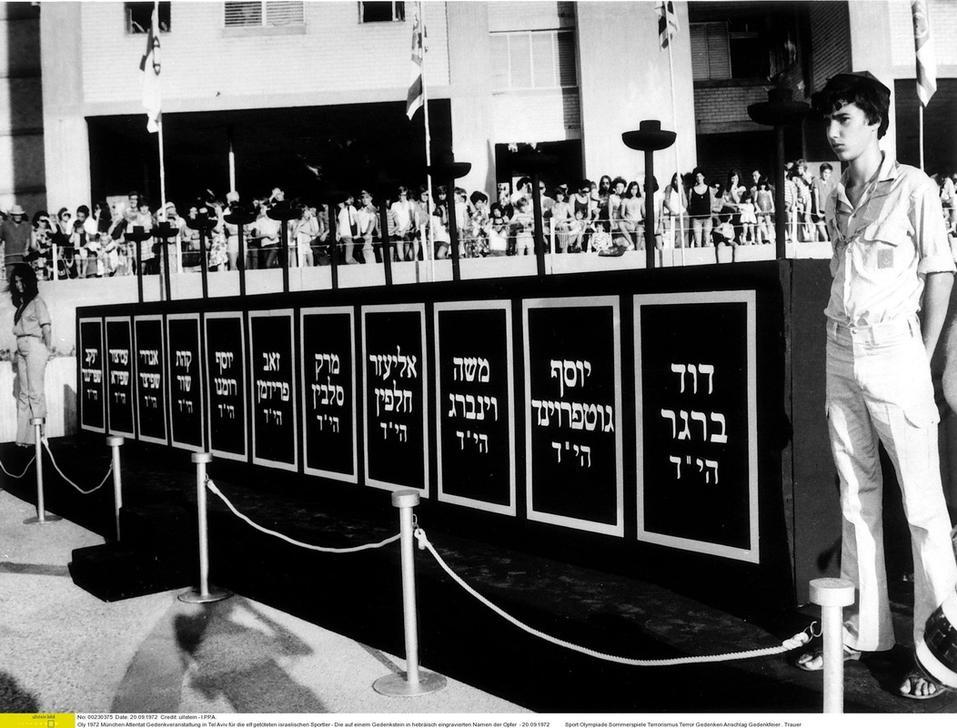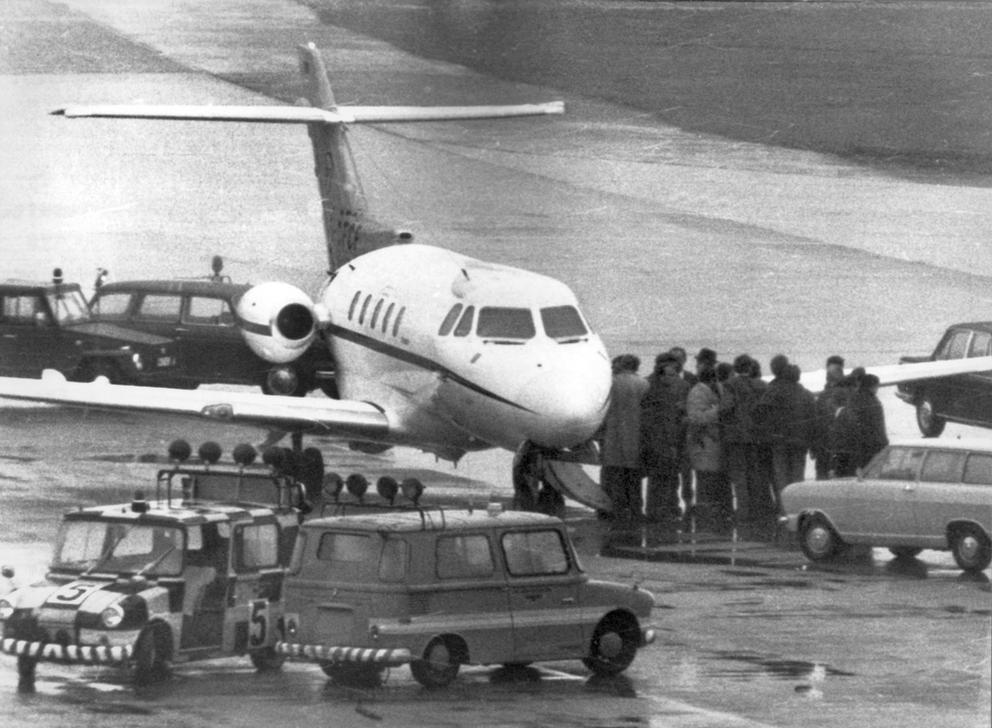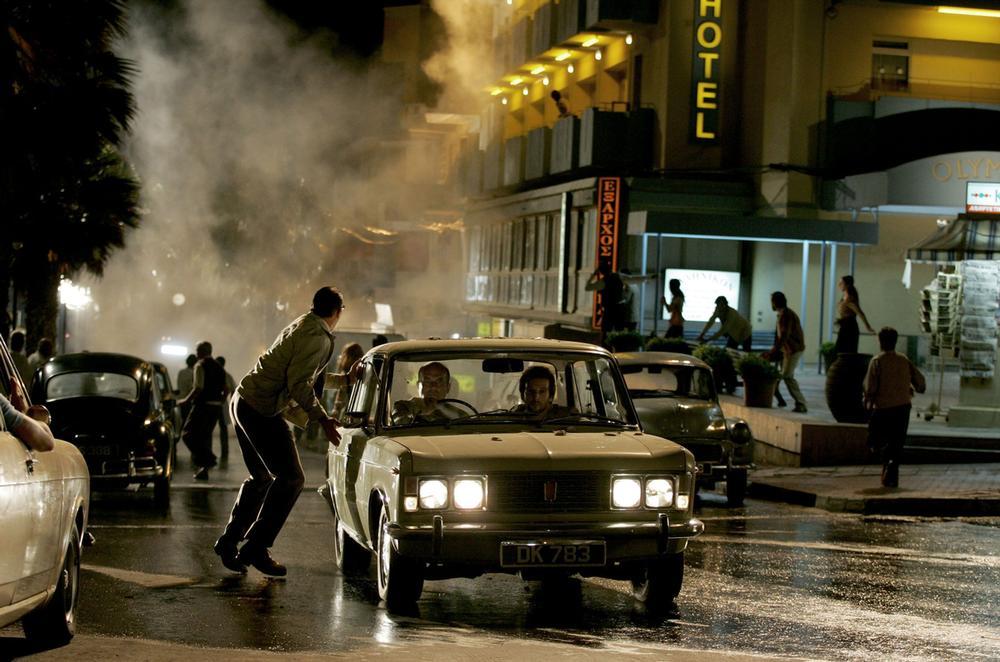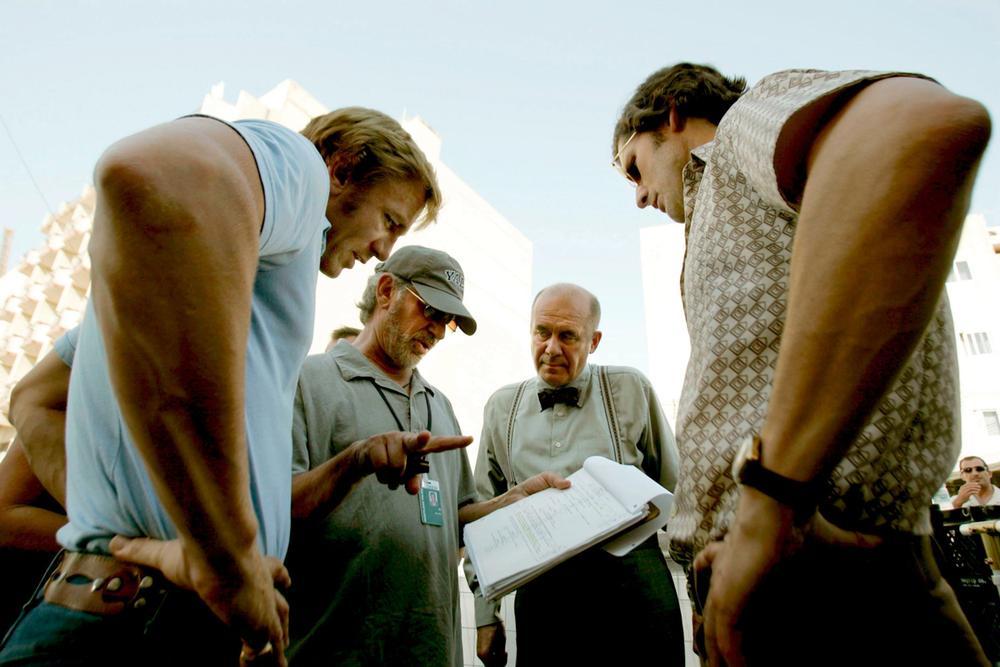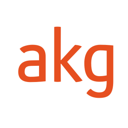1972 Munich Olympics
50th anniversary of the Munich Massacre
4 April 2022

The Preparation
Munich was chosen as the host city of the 1972 Olympics on April 26, 1966, winning over bids by Detroit, Montréal and Madrid. The success of the bid was, in no small part, driven by the young and popular Mayor (Oberbürgermeister) of Munich at the time, Hans-Jochen Vogel.
The 1972 Summer Olympics were the second Summer Olympics to be held in Germany, after the 1936 Games in Berlin, which took place under the Nazi regime. The West German government hoped that the Games would show an optimistic and cosmopolitan Germany to the world, to contrast the racism and antisemitism that characterised the Berlin Games. The official motto was "Die Heiteren Spiele", or "the cheerful Games".
Construction began on the new Olympic complex in 1968 and was completed in May 1972. The Olympic Park (Olympiapark) was designed by the architectural firm Behnisch & Partner. At the time of its construction, the tent roof design by Frei Otto and Leonhardt + Andrä, was considered revolutionary in terms of engineering and design, with canopies of PVC-coated polyester stabilized by metal cables being used for the first time on such a scale. The modernity of the roof design is undiminished over 50 years, and Olympiapark remains a landmark in Munich.
See more images of Munich preparing for the Olympic Games here
The Design
Graphic designer and typographer Otl Aicher was asked to lead the design team and create a design theme for the Olympics that complimented the architecture of the newly built stadium. Along with the solar logo of the Games, Aicher also designed the Olympic mascot, the dachshund "Waldi", which was the first officially named Olympic mascot. A palette of blue, white, green, orange, silver and purple was used throughout signage and uniforms to reflect the tones of the Alps.
See more images here
The Games Begin
The Games opened on 26 August with the Olympic stadium flame being lit by German distance runner Günther Zahn. Thousands of athletes from more than 120 countries marched into the stadium, and the games began.
The Olympics unfolded without incident for over a week with memorable highlights including US swimmer Mark Spitz winning a record-breaking seven gold medals, West German equestrian Liselott Linsenhoff becoming the first woman to win gold in dressage, Soviet gymnast Olga Korbut winning three gold medals and 15-year-old Australian swimmer Shane Gould winning five medals, including three gold. It seemed that "the cheerful Games" were going to allow Germany to escape the legacy of the Berlin Olympics.
See more images of the opening ceremony and sporting events here
The Hostage Situation
At 4:30 AM on 5 September, eight members of Black September, a faction of the Palestine Liberation Organization, disguised as athletes, scaled a fence surrounding the Olympic village. Once inside, they used stolen keys to access an apartment of the Israeli team. There, they were confronted by Yossef Gutfreund, a wrestling referee, and Moshe Weinberg, a wrestling coach. Weinberg was shot in the cheek while fighting with the attackers, who forced him at gunpoint to lead them to the rooms of the remaining Israeli team members. An apartment housing the Israeli shooting team was completely bypassed - it's suggested the terrorists deliberately avoided that apartment, or that Weinberg led the terrorists to the apartment with wrestlers and weightlifters instead, believing they would have better success fighting the terrorists. Shaul Ladany, a racewalker and survivor of the Bergen-Belsen concentration camp, was inside the bypassed apartment and, having been woken by the shouting, jumped from the balcony to run and raise the alarm.
The terrorists corralled all the Israelis from the third apartment into the first. Weinberg and weightlifter Yossef Romano attempted a counter-attack and were both fatally shot.
The terrorists were left with nine hostages - Yossef Gutfreund, Kehat Shorr, Amitzur Shapira, Andre Spitzer, Yakov Springer, Eliezer Halfin, Mark Slavin, David Berger and Ze'ev Friedman. They demanded the release of more than 230 Palestinians held in Israeli prisons, and the provision of an aeroplane to fly them to a safe destination in the Middle East. Israel refused to participate in negotiations so as not to incentivise future attacks.
A rescue attempt involving police dressed as athletes had to be called off when it was discovered their movements were being broadcast live on television to nearly one billion people around the world and to many viewers throughout the Olympic Village, including the terrorists. At around 10:00 PM on September 5, the terrorists, believing their demands had been met, led their bound and blindfolded hostages from their apartments into buses that transported them to waiting helicopters.
See more images here
The Munich Massacre
The helicopters were to transport the terrorists and hostages to nearby Fürstenfeldbruck, a NATO airbase, where the authorities had planned an armed assault to ambush the terrorists and rescue the hostages. An aeroplane was positioned on the tarmac with sixteen German police inside dressed as flight crew. The plan was that the police would overpower the two terrorists who planned to inspect the plane as they boarded, giving five positioned snipers a chance to kill the remaining terrorists at the helicopters. It became clear during the transfer that the authorities had underestimated how many terrorists there were - anticipating four when there were actually eight. As the helicopters arrived, the police abandoned the plane and the mission, leaving five poorly-equipped snipers positioned at the airfield to try to overpower a larger and more heavily armed group.
When the terrorists, accompanied by one hostage, boarded the plane to inspect it, they found it empty and realised it was a trap. As they ran back to the helicopters, the snipers opened fire, injuring one terrorist. A chaotic gun battle ensued, with both sides firing almost blindly after the airfield lights were shot out. The two helicopter pilots managed to flee, but the hostages remained bound inside the helicopters, desperately trying to free themselves.
After a standoff lasting several hours, armoured personnel vehicles arrived to assist in breaking the deadlock. The terrorists, perhaps realising that their control of the situation was irretrievably lost, sprayed the insides of the helicopters with gunfire, killing all nine Israelis. A grenade was also thrown into one of the helicopters. Attempting to escape under the cover of the resulting explosion and fire, two terrorists were shot by authorities, three were captured and one escaped only to be tracked down and killed in a brief gunfight 40 minutes later.
By around 1:30 am on 6 September, 17 people were dead - 11 Israeli hostages, one German policeman and five Palestinian terrorists. Initially, news sources reported that the hostages had been rescued and the terrorists killed, but hours later it was confirmed they were all dead.
See more images here
The Aftermath
On 6 September, a memorial service attended by 80,000 spectators and 3,000 athletes was held in the Olympic Stadium. IOC President Avery Brundage made little reference to the murdered athletes during a speech in which he decried the politicization of sports and refused to cancel the remainder of the Olympics, declaring "the Games must go on". After the memorial service, the remaining members of the Israeli team withdrew from the Games and left Munich. A number of national teams and some individual athletes chose to leave, citing no desire to compete.
The bodies of the five Palestinian terrorists were delivered to Libya, where they received heroes' funerals and were buried with full military honours. On 8 September, Israeli planes bombed ten PLO bases in Syria and Lebanon in response to the massacre.
The three surviving terrorists were being held in a Munich prison for trial. On 29 October, Lufthansa Flight 615 was hijacked by sympathisers of the Black September Organization during a flight from Damascus to Frankfurt. The German authorities complied with the demand of releasing the three prisoners and they were handed over at Zagreb Airport. From there, the hijacked aircraft was flown to Libya where all passengers and crew were released, and the terrorists were welcomed as heroes.
See more images here
The Retribution
In the following weeks, Israeli Prime Minister Golda Meir authorised Operation "Wrath of God", also known as Operation "Bayonet" - a covert operation directed by Mossad to assassinate individuals involved in the Olympic Games massacre, including the three released prisoners and members of the PLO. The operation is believed to have continued for over twenty years.
The Mossad operation was depicted in Steven Spielberg's film Munich (2005).
See more images here
In the decades that have passed, the tragedy has been compounded by how avoidable it might have been. Apart from the botched rescue at the Olympic Village and the shambolic ambush at Fürstenfeldbruck, it has become clear that Germany was not prepared for such an event despite many terrorist groups being active in the early 1970s, and despite being warned by agencies from America to China that something was going to happen. In the run-up to the Olympic Games, Munich's police psychologist Georg Sieber developed 26 terrorist attack scenarios, with Scenario number 21 being frighteningly similar to the actual Munich hostage crisis, as it involved an attack on Israeli athletes in the early morning hours.
For years, families of the 11 slain Israelis have been urging Olympic organisers to honour their loved ones, but had their requests repeatedly rejected until the Tokyo Games in 2021 where the victims were acknowledged with a moment of silence during the opening ceremony. This historic moment took 49 years to come.

